20 Best tours in Bucharest with things to do in Romania
Bucharest, in southern Romania, is the country’s capital and commercial center. Its iconic landmark is the massive, communist-era Palatul Parlamentului government building, which has 1,100 rooms.
Bucharest has been shaped by earthquakes, war and the whims of a dictator. Dubbed “Little Paris” for its Beaux-Arts-style palaces, municipal buildings and museums. And now in the middle of a construction boom there’s a new wave of snazzy glass facades and high-rise towers that multiply by the year.
Rebounding from decades of repression, Romania’s capital is brimming with Italian-style cafes, museums, parks and restaurants that celebrate the country’s rich cuisine.
Romanian legend has it that the city of Bucharest was founded on the banks of the Dambovita River by a shepherd named Bucur, whose name literally means “joy.” His flute playing reportedly dazzled the people and his hearty wine from nearby vineyards endeared him to the local traders, who gave his name to the place. Bucharest really is a great place to take one of the popular walking tours in Bucharest.
So let’s explore thebest tours and things to do in Bucharest:
1. Dimitrie Gusti National Village Museum Ideal walking tour in Bucharest
Founded by Royal Decree in 1936, and covering some 15 hectares on the shores of Lake Herastrau, the Village Museums is one of the greatest outdoor museums in the Balkans. The Village Museum formally National Museum of the Village “Dimitrie Gusti” is an open-air ethnographic museum located in the King Michael I Park, showcasing traditional Romanian village life. The museum extends to over 100,000 m², and contains 272 authentic peasant farms and houses from all over Romania. There are more than 60 original houses, farmsteads, windmills, watermills and churches from all of Romania’s historic regions: Transylvania, Oltenia, Dobrogea and Moldavia. Every exhibit has a plaque showing exactly where in Romania it was brought from.
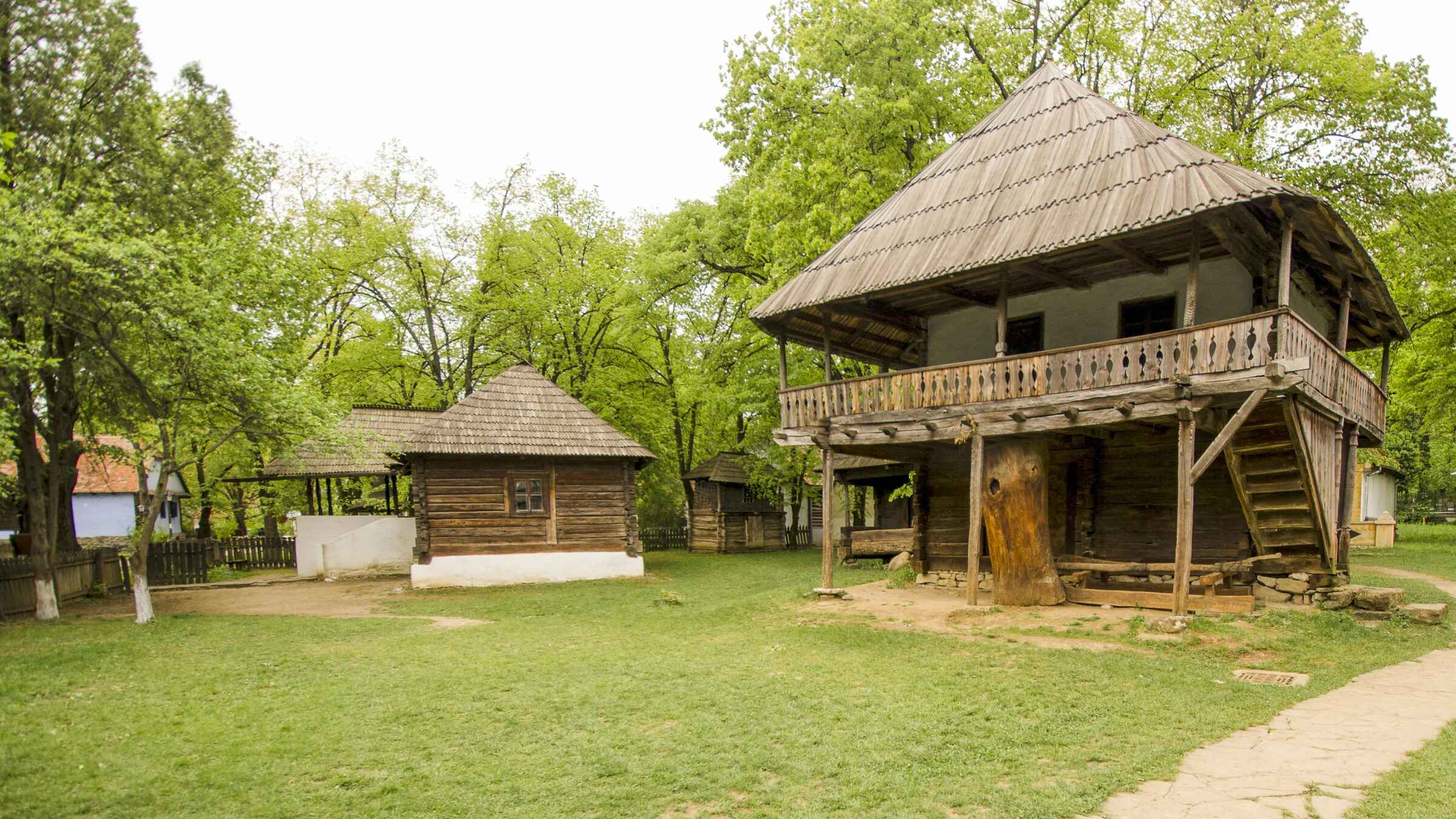
2. Parliamentary Palace
A building of absurd magnitude, the Parliamentary Palace hosts Romania’s Parliament, but also perfectly encapsulates Nicolae Ceaușescu’s megalomania.
The Palace of the Parliament, also known as the Republic’s House or People’s House, is the seat of the Parliament of Romania, located atop Dealul Spirii in Bucharest, the national capital. The Palace reaches a height of 84 metres, has a floor area of 365,000 square metres and a volume of 2,550,000 cubic metres. The Palace of Parliament is the world’s second-largest administrative building (after the Pentagon) and former dictator Nicolae Ceauşescu’s most infamous creation. A good idea is to take one of the guided tours in Bucharest that will give you a full run down on the palace with a local.
You have to go in to gauge the full, stupefying size of this building, paying a visit to the Museum of the Palace, Museum of Communist Totalitarianism and the National Museum of Contemporary Art.


3. Romanian Athenaeum
Located in the heart of Bucharest, the Romanian Athenaeum is an important cultural center and a must-see architectural gem. The Romanian Athenaeum is a concert hall in the center of Bucharest, Romania and a landmark of the Romanian capital city. Opened in 1888, the ornate, domed, circular building is the city’s main concert hall and home of the “George Enescu” Philharmonic and of the George Enescu annual international music festival.
Wrapped in gardens, this magnificent structure was completed in 1888 and given a thorough restoration to save it from collapse in 1992. Under a grand dome embellished with gilded stuccowork, the circular concert hall seats more than 650 and has an epic fresco on its frieze that depicts the most pivotal events in Romanian history.
If you are planning a trip to Bucharest soon, make sure to include this iconic landmarkin Romania in your travel itinerary.
At the end of the Second World War, after having withstood earthquakes and bombing, The Romanian Athenaeum underwent a modernization process, which included:
- the restoration of the ceiling
- adding new chairs
- the installation of air conditioning
- a change in how the lodges are distributed
- the widening of the stages.
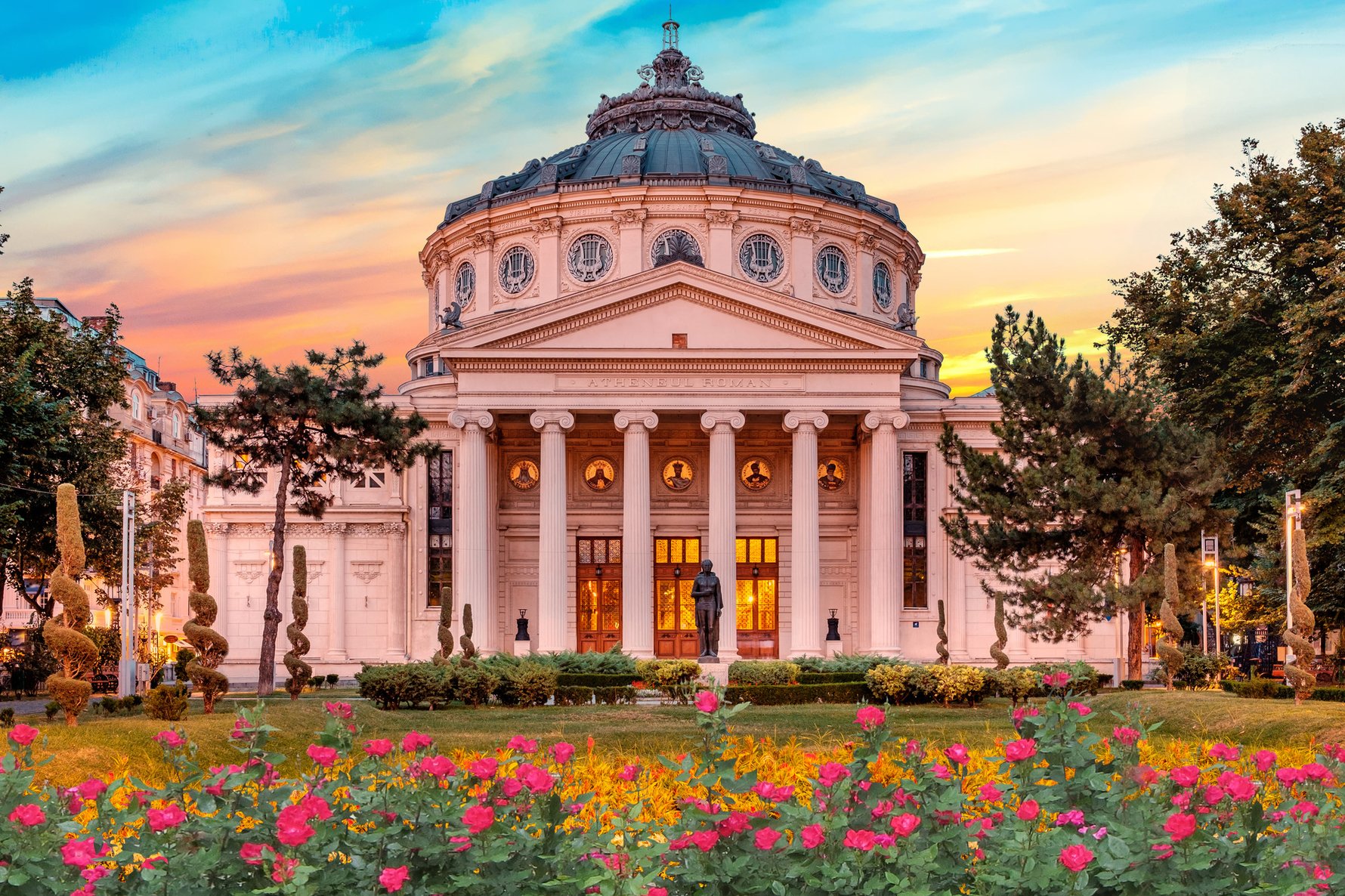
4. Lipscani (Old Town) Great for for a walking tour in Bucharest
Known to most locals asCentru Vechi(the Old Centre),Bucharest’s Old Townis defined by the area bordered by the Dambovita river to the south, Calea Victoriei to the west, Bulevardul Brătianu to the east and Regina Elisabeta to the north.
Few places in Bucharest are as filled with historical importance and entertainment as Lipscani (Old Town). Art nouveau, Baroque and neoclassical buildings create a wonderful architectural landscape. See galleries near centuries-old monuments and street performers amusing passersby.Some of the street names still recall the guilds that were once based along them: Blănari (Furriers’ Street) or Șelari (Saddlers’ Street). This small pocket was one of the only parts of Bucharest to be retrievable after the Second World War and has been reborn as a stylish pedestrian zone that has boutiques, restaurants and bars in restored buildings.
Look for Pasajul Macca-Vilacrosse on the west side, a fork-shaped shopping passage from 1891 lit by yellow stained glass in its roof.
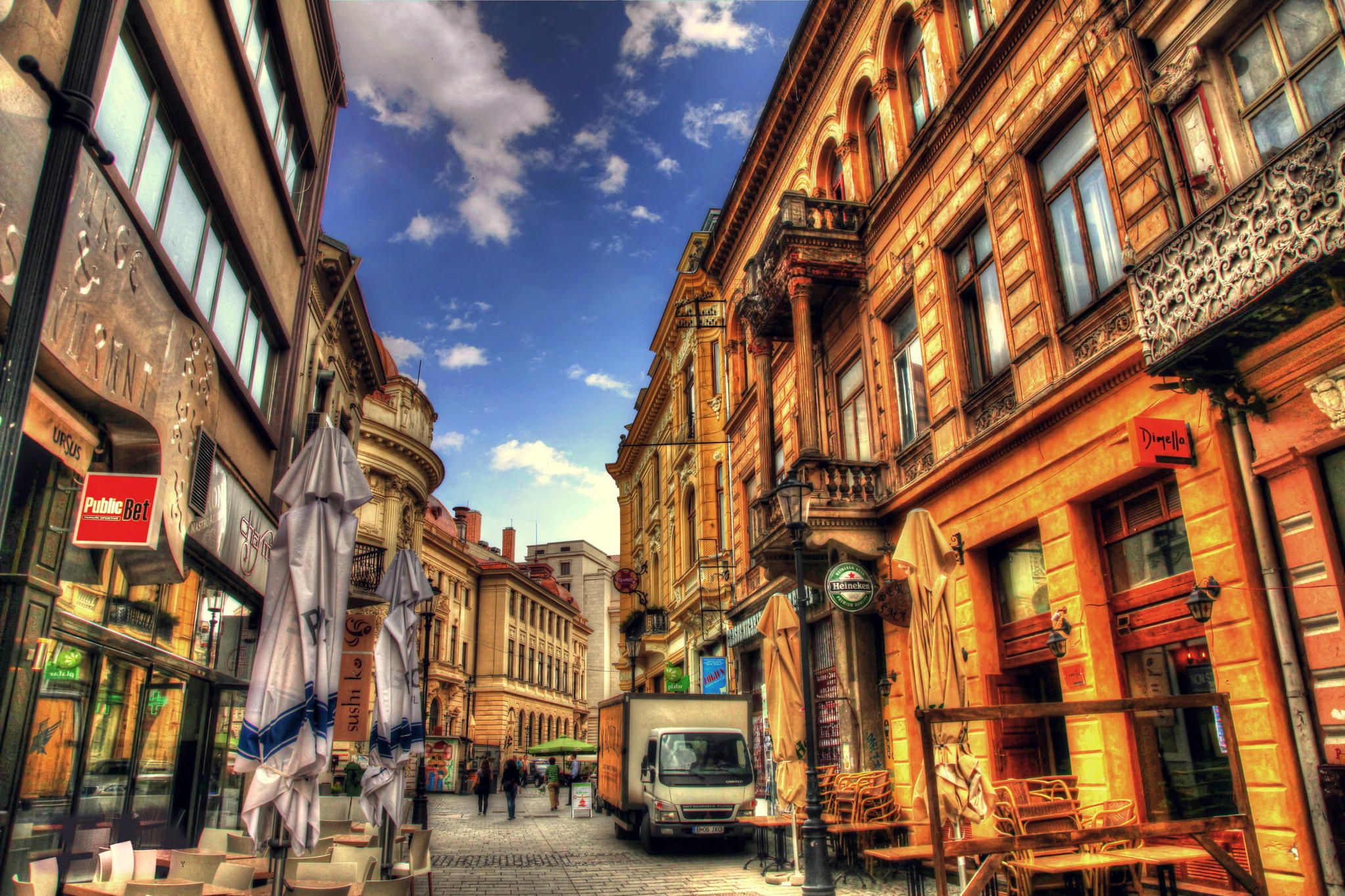
5. Romanian Peasant Museum
The Romanian Peasant Museum is part of the European family of Museums of Popular Art and Traditions. Housed in a wonderful red brick building designed by Nicolae Ghica-Budeşti, dating from 1912, the museum offers a range of exhibitions.
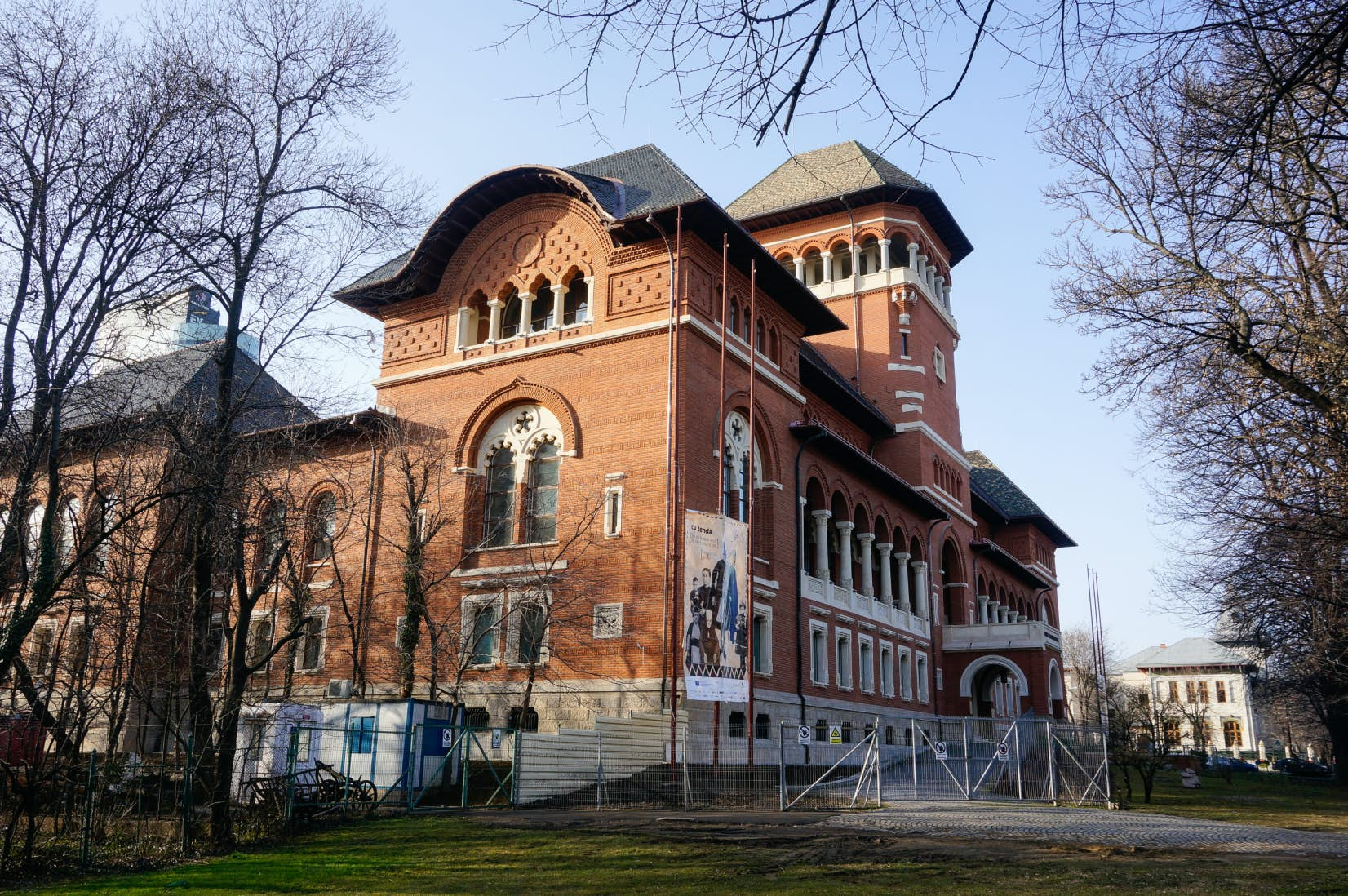
6. Herăstrău Park enjoy a private walking tour in this great park
King Michael I Park formerly Herăstrău Park (Romanian: Parcul Herăstrău), is a large park on the northern side of Bucharest. The largest park in Bucharest borders the city to the north, and much of its area is taken up by the 74-hectare Herăstrău Lake.
On the Colentina River, this large body of water is partly man-made having been formed when riverside marshes were drained in the 1930s.
The lake has a six-kilometre perimeter path favoured by joggers in summer, and in this season you can rent a bike near the main entrance or take a boat trip from the jetty on the south shore.
In its early days the park carried the name of its patron, King Carol II. For a short time after the second world war the park was renamed “Parcul I.V. Stalin”. The name Herastrau has been in general use since the early 1960s.
It offers a multitude of choices of activities : you can rent a boat, rent a bike or visit the Japanese Garden.
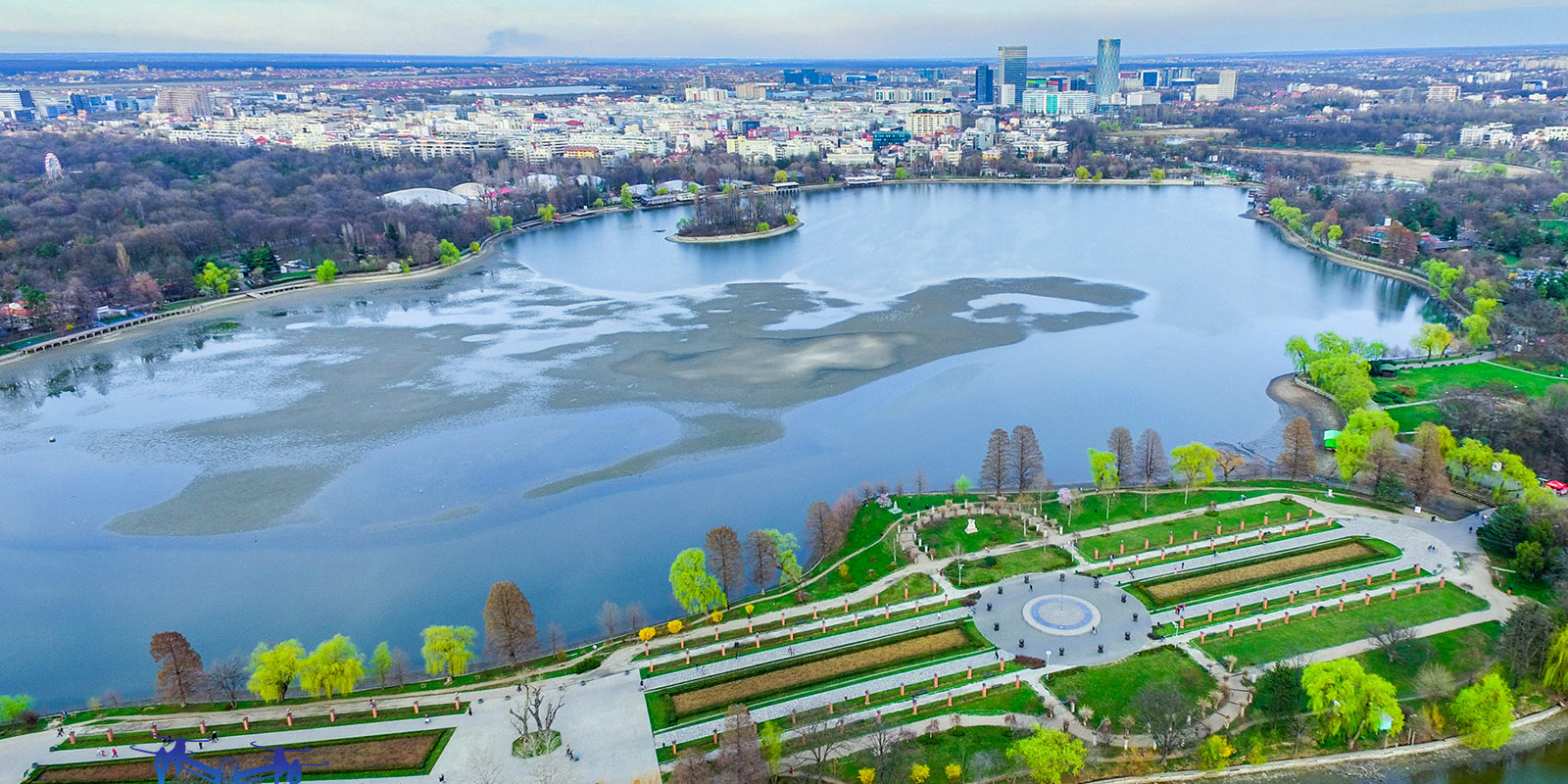

7. Stavropoleos Church
Stavropoleos Monastery, also known as Stavropoleos Church during the last century when the monastery was dissolved, is an Eastern Orthodox monastery for nuns in central Bucharest, Romania. Its church is built in Brâncovenesc style. Arguably the finest religious building in Bucharest, Stavropoleos Church has a gorgeous facade that has multifoil arches painted with arabesque foliate and tendril patterns and held up by beautiful capitals.
Above are painted medallions of saints, and there’s much more painting inside in the form of stone frescoes and a breathtaking iconostasis. A great tour in Bucharest.
The interior murals are impressive in their amplitude as well as the concentration of their iconographic programme. In the nave the Angelic Liturgy, painted at the base of the spire, and the Four Evangelists can be remarked while in the lateral apses the Parousia, or Second Coming, can be seen on the south side, and the Resurrection and Harrowing of Hell, on the north side.
The church dates to the 1720s and its architecture is a perfect expression of Romania’s Brâncovenesc style, which blended Byzantine, Ottoman, Renaissance and Baroque elements.
Right next door is an early 20th century building housing religious art like icons and frescoes from the many churches that were pulled down during the communist regime after the Second World War.
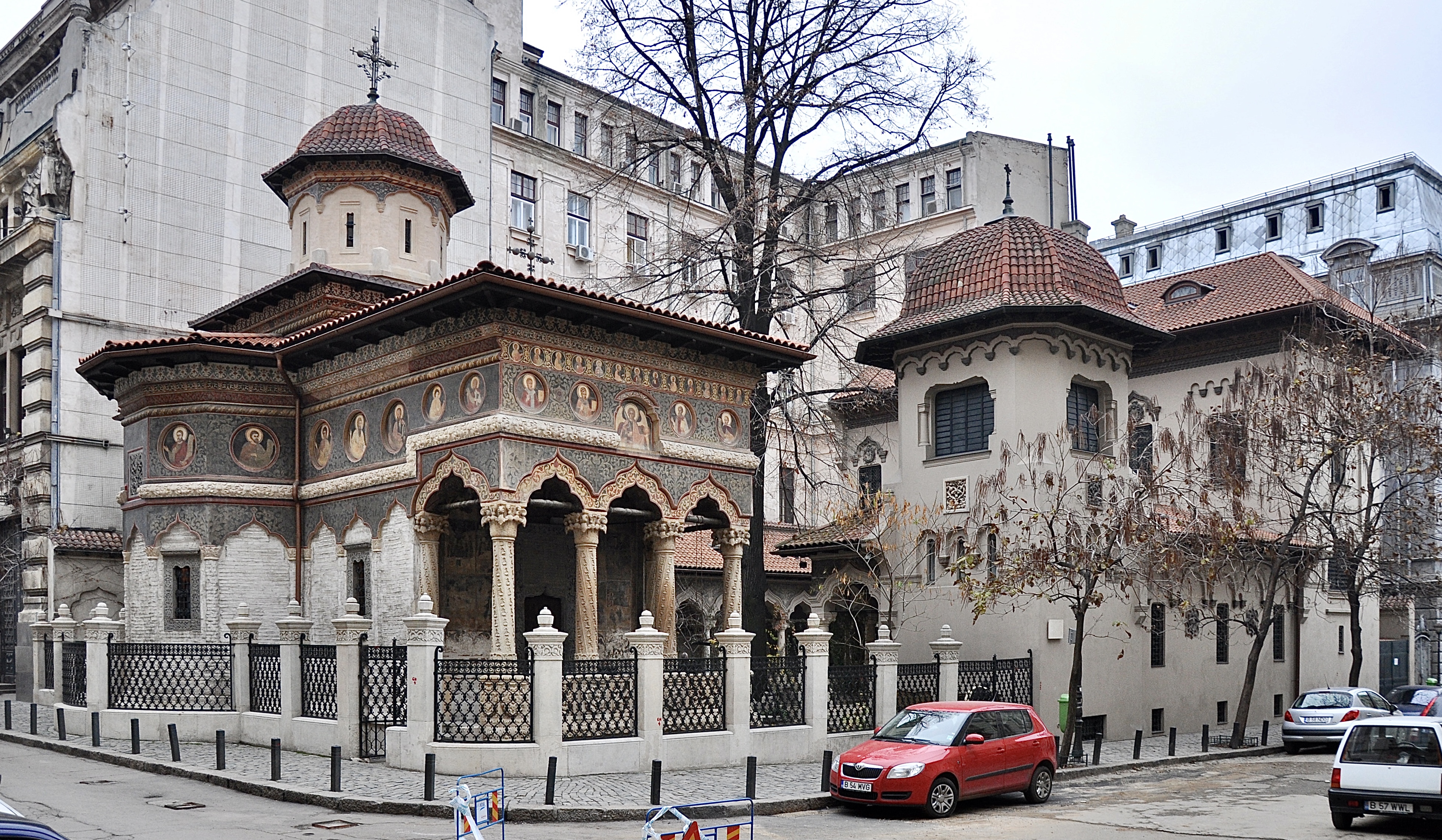
8. National Museum of Art of Romania take a tour or visit individually
The National Museum of Art of Romania is located in the Royal Palace in Revolution Square, central Bucharest. It features collections of medieval and modern Romanian art, as well as the international collection assembled by the Romanian royal family. After King Michael I abdicated following the Second World War, the Neoclassical Royal Palace on Revolution Square has been the headquarters of Romania’s National Museum of Art.The National Museum of Art of Romania is a wonderful museum and art lovers will delight as they admire the brilliant national and local pieces in each of its galleries.You can visit the museum individually or take one of the many private tours in Bucharest.

9. Dealul Mitropoliei
Dealul Mitropoliei, also called Dealul Patriarhiei, is a small hill in Bucharest, Romania and an important historic, cultural, architectural, religious and touristic point in the national capital.
Dealul Mitropoliei, also called Dealul Patriarhiei, is a small hill in Bucharest, Romania and an important historic, cultural, architectural, religious and touristic point in the national capital. From a religious point of view, it is one of the centres of Romanian Orthodoxy: the headquarters of the Romanian Patriarchy and the residence of the Patriarch are both located here.
The hill is a sight to behold at Palm Sunday and Easter (Pascha), when it is packed with worshippers, a tradition that even continued under communist regime.

10. Romanian Patriarchal Cathedral
The Romanian Orthodox Patriarchal Cathedral is a functioning religious and civic landmark, on Dealul Mitropoliei, in Bucharest, Romania. It is located near the Palace of the Chamber of Deputies of the Patriarchate of the Romanian Orthodox Church.
The destination for a pilgrimage on Palm Sunday, the Patriarchal Cathedral was founded by the Prince of Wallachia, Constantin Șerban in the 1650s.
The building has come through restorations in the 18th, 19th and 20th centuries, so not much of the original remains, while the current design is based on Curtea de Argeș Cathedral in the centre of the country.
The outstanding bell-tower at the entrance was built in 1698, and restored in 1958. Next to the church – and closed to the public – is the Patriarchal Palace, residence of Daniel Ciobotea, the Patriarch of the Romanian Orthodox Church.
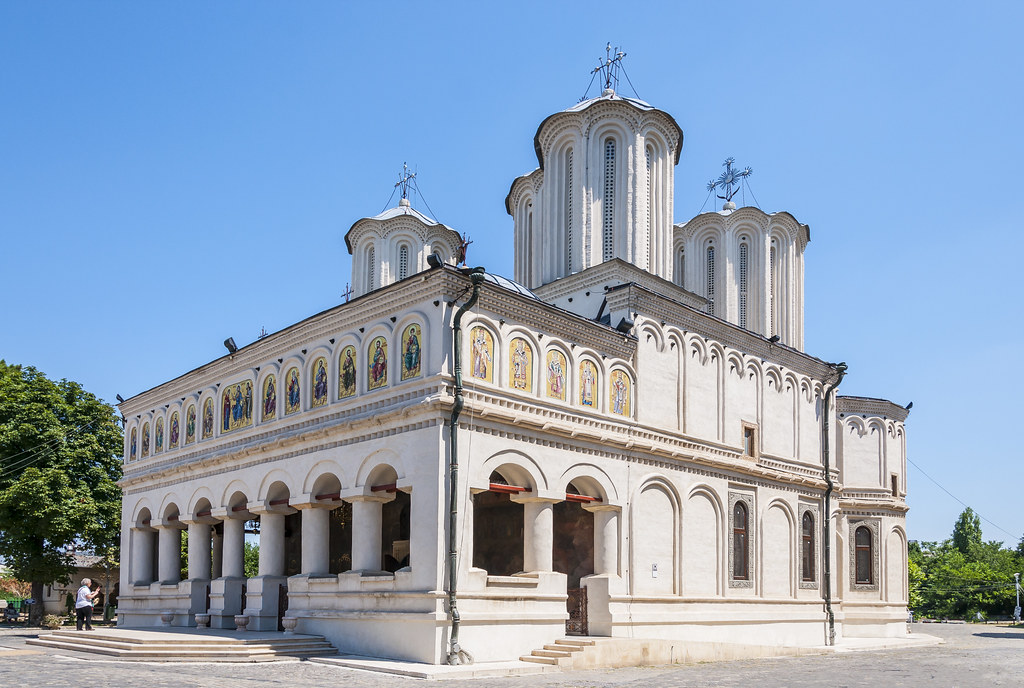

11. Revolution Square and ideal place to start your tour of Bucharest
Revolution Square is a square in central Bucharest, on Calea Victoriei. Known as Piața Palatului until 1989, it was later renamed after the Romanian Revolution of December 1989.
The setting for all sorts of Romanian institutions, Revolution Square got its name from the violent unrest in 1989 that deposed Nicolae Ceaușescu and overthrew the Socialist Republic of Romania.
The building became the headquarters of the main communist organization, The Central Committee of the Romanian Communist Party until 1989 in nowadays.
It was a historic event in which over 100,000 people gathered in one place to boo and jeer at him. The square itself isn’t as remarkable as the buildings that surround it. The square is the ideal place to start a walking tour in Bucharest.
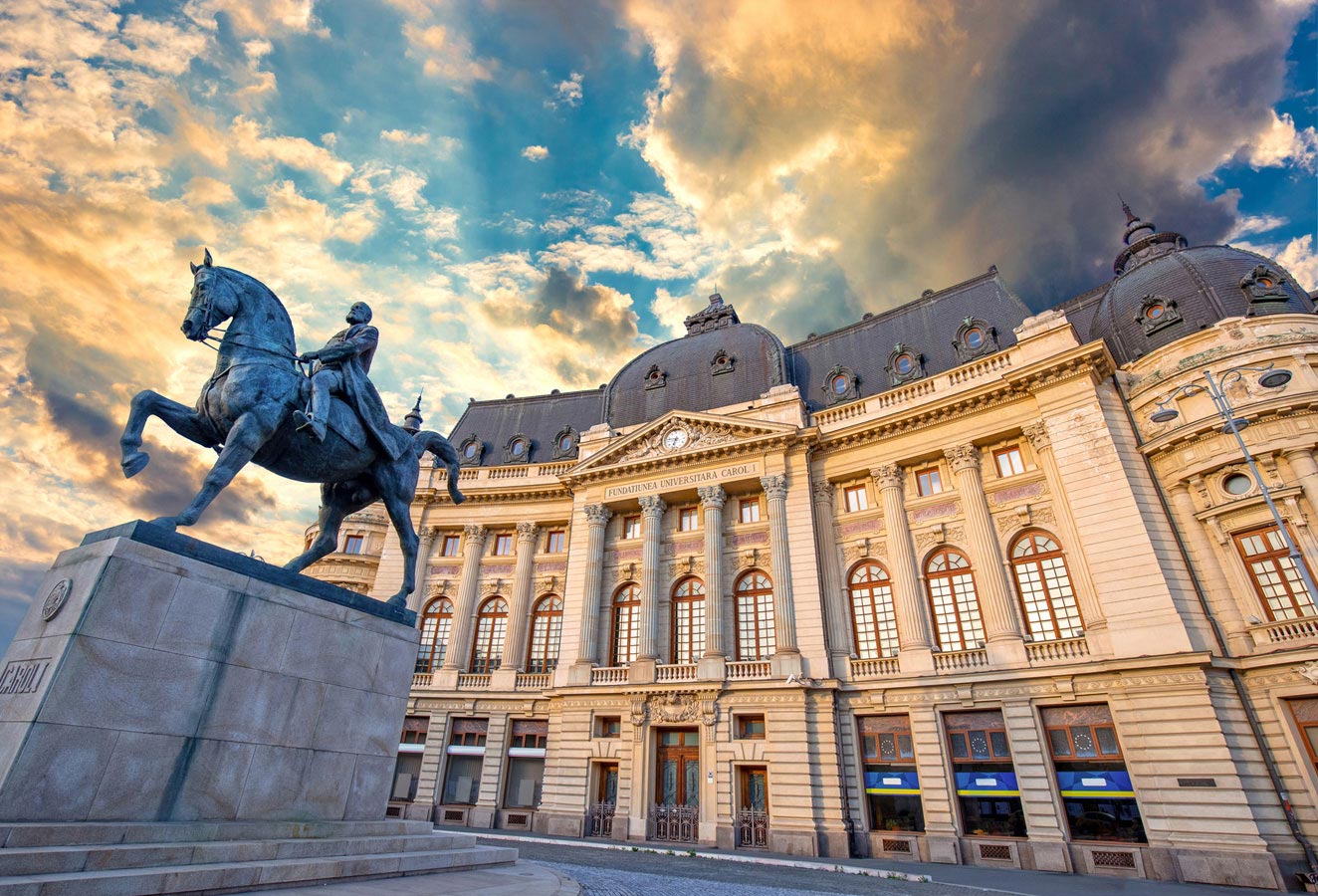
12. House of Ceauşescu (Casa Ceaușescu)
Opulent 80-room former residence of Romanian president Ceausescu, built in 1964, with lush gardens.
This 80-room palace was built in the 1960s, and came with a winter garden, wine cellar, silk wallpaper, valuable art, expensive furniture, a large swimming pool, bathrooms with solid gold fittings and even a cinema.
Among the world leaders received here was Richard Nixon, who had tea with Ceaușescu at the palace in 1969.
Unlike a number of buildings in Bucharest which were ransacked during the 1989 uprising that overthrew Ceaușescu, the Palatul Primaverii (as it is known in Romanian) was spared. The Romanian army guarded the palace in great numbers in order to protect it, perhaps under the impression that it would continue to serve as the residence of the country’s president, whoever that may be.
![]()
13. Grigore Antipa Museum of Natural History
The Grigore Antipa National Museum of Natural History is a natural history museum, located in Bucharest, Romania. It was originally established as the National Museum of Natural History on 3 November 1834. It was renamed in 1933 after Grigore Antipa, who administered the museum for 51 years. In the basement there’s a comprehensive exhibition on the biodiversity of Romania, while the ground floor deals with all the major ecosystems on the earth’s surface.
The museum features collections of invertebrate and vertebrate animal groups, fossils, minerals, and rocks, as well as displays relating to ethnography, anthropology, comparative anatomy, and geology. See the life-size models of living and extinct animals in the recreation of their ecosystems.
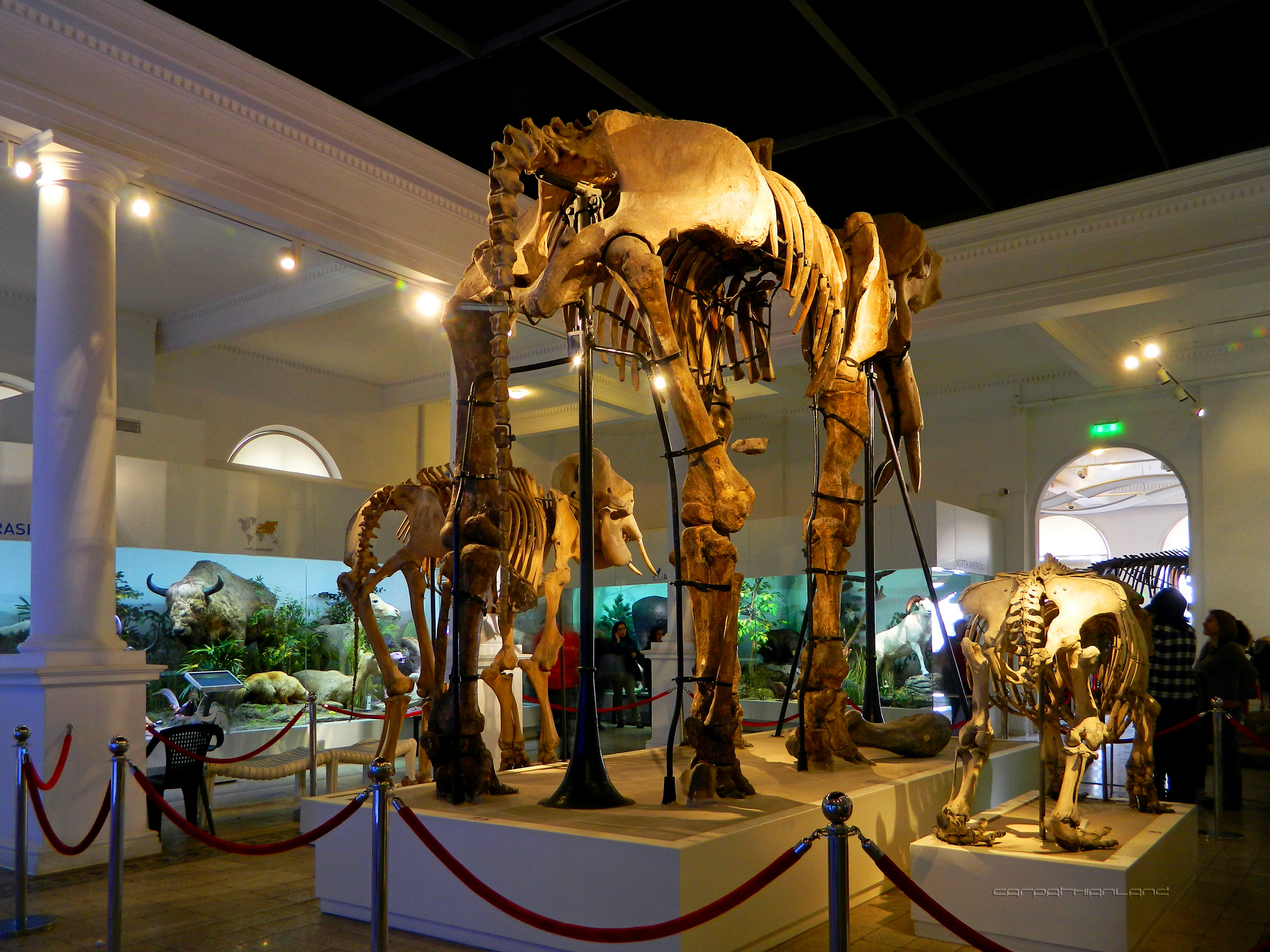
14. Cismigiu Gardens another great spot to walk around Bucharest
Cișmigiu Park is a vast English-style garden with fountains, monuments and a popular boating lake where the landmark Monte Carlo restaurant stands on a central island. Elegant pre-communist buildings line nearby Regina Maria boulevard. The 19th-century Gambrinus Brewery serves local beer and traditional food, and surrounding streets have snack bars, pubs and stylish, low-key nightclubs.
The oldest recreation space in the centre of Bucharest, Cismigiu Gardens took shape in the middle of the 19th century and were laid out by German landscape architect Carl Meyer.
The name, Cismigiu, comes from the Turkish “cesme”, meaning “public fountain”. More than 30,000 trees and plants were brought from the Romanian mountains, while exotic plants were imported from the botanical gardens in Vienna.
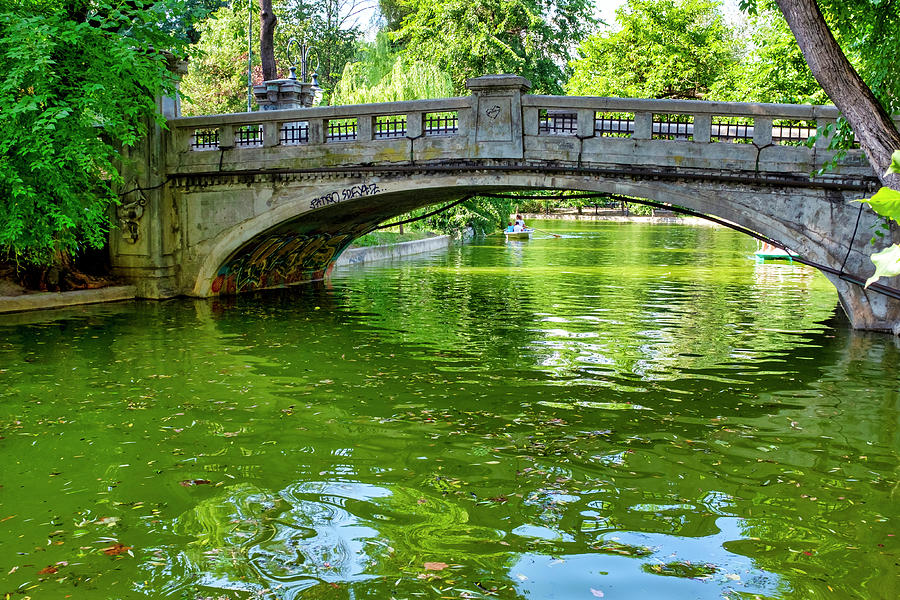
15. Cotroceni Palace
Cotroceni Palace is the official residence of the President of Romania. It is located at Bulevardul Geniului, nr. 1, in Bucharest, Romania. The palace also houses the National Cotroceni Museum.
Raised in 1895 for Romania’s first king, Carol I, Cotroceni Palace is on a hill that had long been a place of residence for Romania’s rulers.
Following the abdication of the last king, Michael I in 1947, the property was used to receive visiting heads of state.
And since the return of democracy the palace has become the official residence of the President of Romania.
Important historical events took place at Cotroceni. In 1821, Tudor Vladimirescu, the leader of the rebellion, decided to camp here, Cotroceni becoming the center of the revolution. More than 25 years later, as the Revolutions spread across Europe, a proclamation by the Sublime Porte condemning the rebel actions was made, effectively ending the revolutions of 1848 – 1849 south of the Carpathians, and the course of action led to the arrest and subsequent imprisonment of many ringleaders and officials in the palace itself. During Alexandru Ioan Cuza’s reign Cotroceni was refurbished into becoming a true official european style residence, and the area came to be known as a center for the romanian reunification spirit.
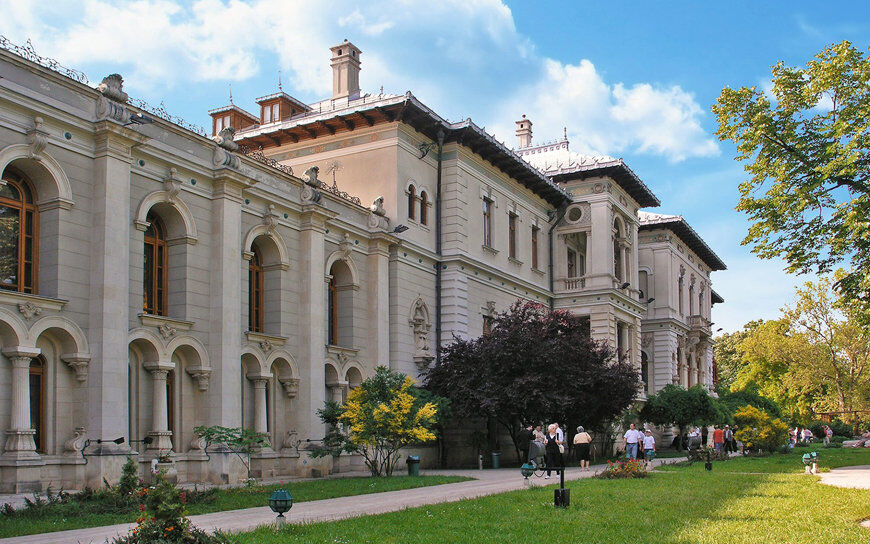
16. Museum of Art Collections
The Museum of Art Collections is a branch of the National Museum of Art of Romania and is situated in Bucharest. It is located on Calea Victoriei no.111 at the corner of Calea Griviței, in Romanit Palace, the first section of which was built in 1822.
An arm of the National Museum of Art, this museum is in the Palatul Romanit, which goes back to 1822 and was a private home before eventually becoming Romania’s Ministry of Finance.
After the end of the Second World War and the communist takeover, the building became a repository for art seized from Romania’s wealthy families.
There are 44 collections in all, giving you a who’s who of Romanian art from the 19th and early 20th centuries.
There are some fantastic works on show, including paintings by all of Romania’s greatest artists, including Theodor Aman, Nicolae Grigorescu, Ioan Andreescu, Nicolae Tonitza, Gheorghe Petraşcu, Theodor Pallady, Lucian Grigorescu and Camil Ressu.
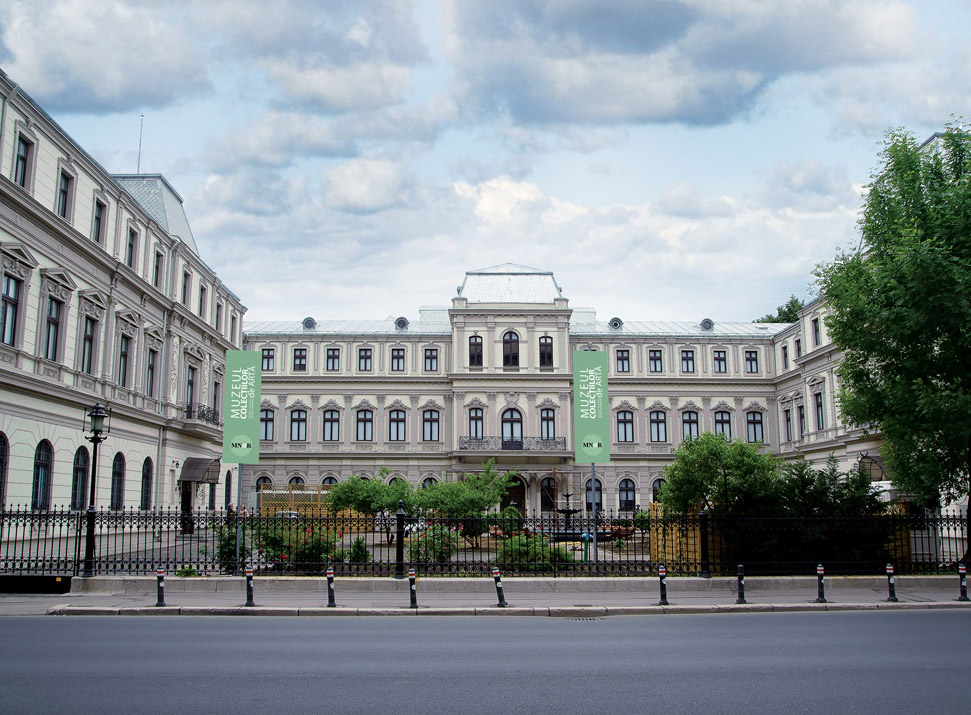
17. Calea Victoriei also popular for walking tours in Bucharest
It’s a sign of this street’s history and prestige that many of the attractions and landmarks on this list are located on its route.
Calea Victoriei is a major avenue in central Bucharest. Situated in Sector 1, and having a length of 2.7 kilometres, it leads from Splaiul Independenței to the north and then northwest up to Piața Victoriei, where Șoseaua Kiseleff continues north.
Calea Victoriei (Victoriei Avenue) is one of Bucharest’s oldest streets and arguably one of the most well known. Its picturesque display of architectural styles recall the beauty of “Little Paris”, as Bucharest was known a century ago. A popular area for many of the walking tours in Bucharest.
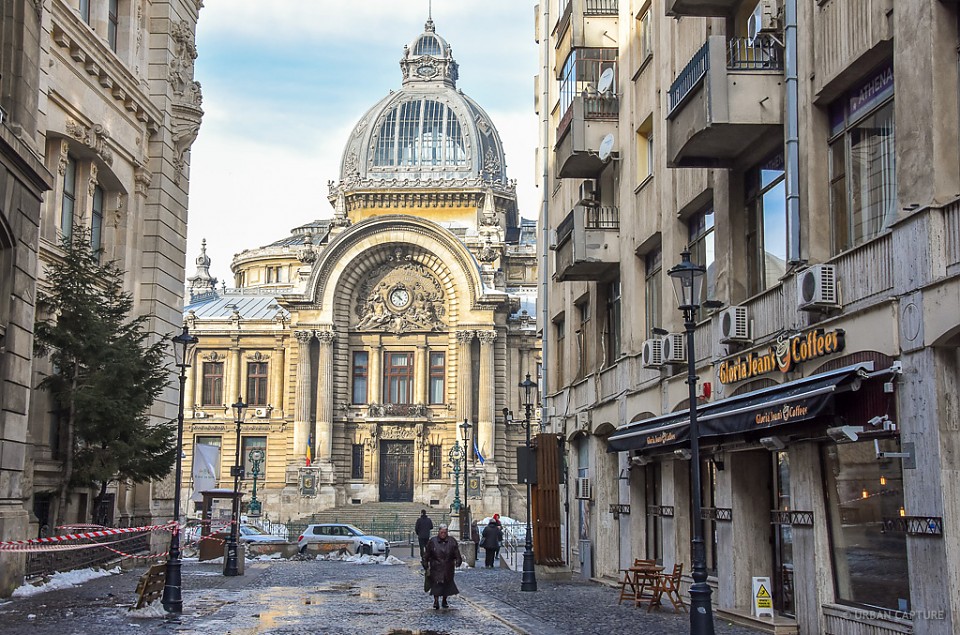

18. Botanical Gardens
Bucharest’s fabulous Botanical Gardens were founded in 1860 with the significant financial backing of Prince Alexandru Ioan Cuza, at the time the leader of the nascent Romanian state. Completed in 1866 to the designs and instructions of Ulrich Hoffmann, they were originally in the grounds of the Cotroceni Monastery, moving to their present location in 1884.
With 5,000 plant species in 17 hectares, the Botanical Gardens are maintained by the University of Bucharest.
You can enter for a small fee, and pay a little extra to go inside the greenhouses like the Sera Veche, which reopened 2011 after being closed for 35 years.
This structure was built at the start of the 1890s and inside is a small world of tropical and sub-tropical vegetation.
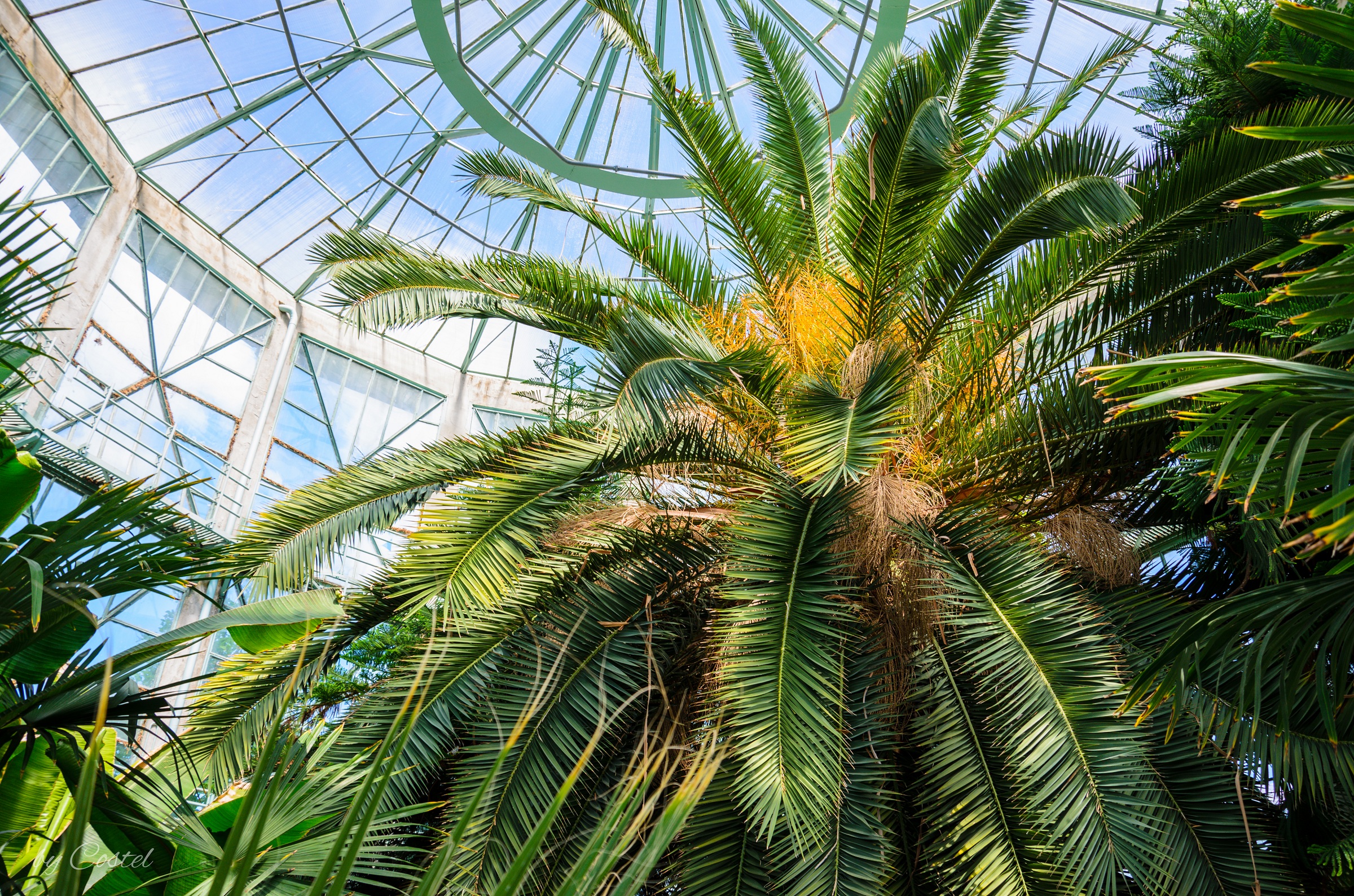
19. Bucharest Russian Church
St. Nicholas Russian Church is located in central Bucharest, Romania, just off University Square. Russian Ambassador Mikhail Nikolaevich Giers initiated the building of a Russian Orthodox church in central Bucharest in 1905.
Also known as the Students’ Church as it is used by students and professors at the University of Bucharest, this church was constructed after a sizeable donation by Tsar Nicholas II. At the start of the 20th century the congregation was solely Russian expats and diplomats.
The project was led by the Russian ambassador and the church was consecrated in 1909. It’s an easy building to spot for its seven onion domes in the typical Russian orthodox style.

20. Arcul de Triumf
Near the Japanese Gardens beside Herăstrău Park, this monument dates to 1936 to commemorate both the Romanian War of Independence and the First World War.
The originalArcwas made of wood, replaced by the present, Petru Antonescu designed concrete structure only in 1935. Standing 25m high, theArchas a staircase that allows visitors to climb to the terrace on the top of the monument, though it is strangely closed most of the time and only opened on special occasions (usually on national holidays).



